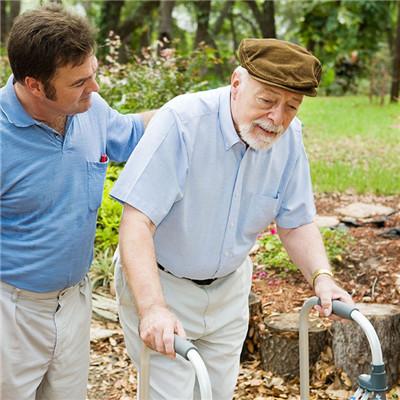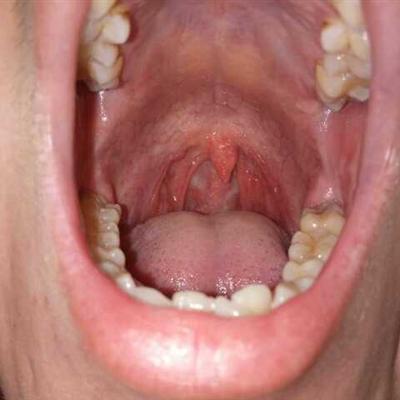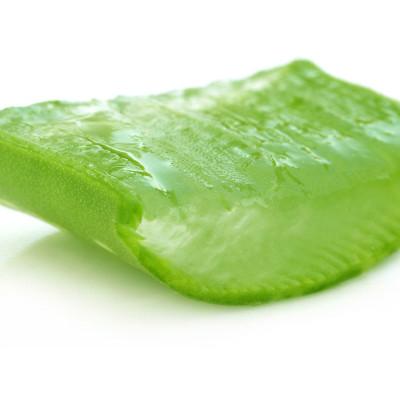Symptoms of electric shock death
summary
Electrocution refers to the death caused by electric current passing through human body. Electric shock usually occurs in the following two cases: (1) the body is in direct contact with the power supply( 2) The body is in high or ultra-high voltage electric field. Although the body does not directly contact the power supply, the current can first break through the air or other media, and then enter the body, resulting in electric shock. What are the symptoms of electric shock death? Let's talk about it
Symptoms of electric shock death
High voltage current can cause tissue necrosis between the current inlet and outlet and cause extensive muscle burn. A large amount of fluid and electrolyte loss, combined with severe burns, can appear dangerous hypotension. Myosin released from injured muscle fibers can cause renal damage and renal failure.
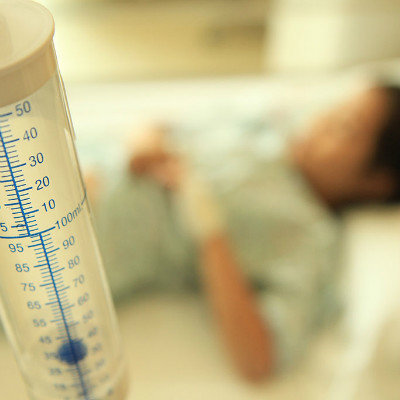
When a person with wet body is exposed to electric current, for example, when taking a bath, the hair dryer falls into the bathtub or steps into a charged pool. At this time, the skin resistance is low. Although he is not burned, it can cause cardiac arrest. If he cannot recover quickly, he may die.

Lightning rarely causes burns at the entrance and exit, muscle damage and myoglobinuria. Loss of consciousness may occur initially, followed by coma and transient mental disorders, usually disappearing within hours or days. The main causes of death caused by lightning stroke are cardiac arrest and respiratory arrest.
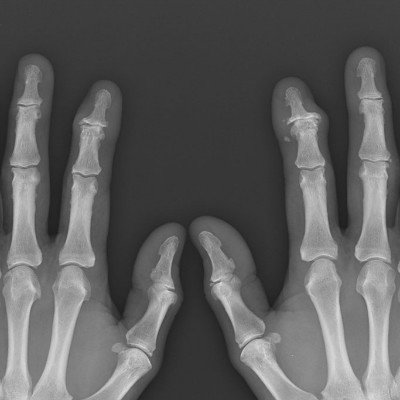
matters needing attention
Once the injured person can be safely contacted, the rescue personnel should immediately find out whether he has breathing and pulse. If the injured person does not breathe and can not feel the pulse, he should immediately use the cardiopulmonary resuscitation device. Medical staff should check the injured for fracture, joint dislocation, contusion and spinal injury. If there is extensive muscle damage, myosin may damage the kidney, should be a large amount of fluid to prevent kidney damage.








